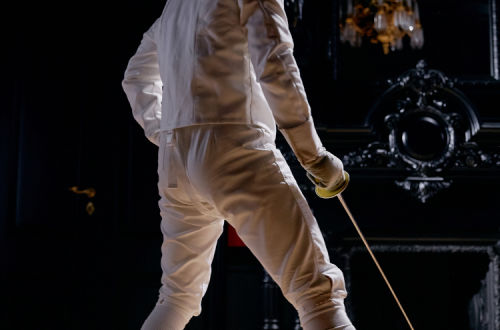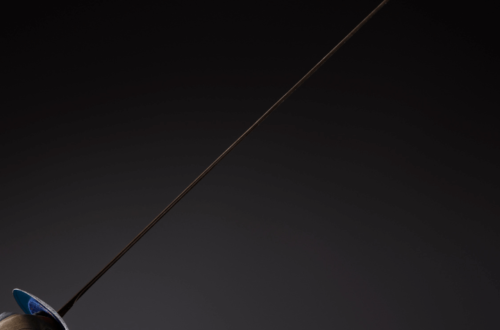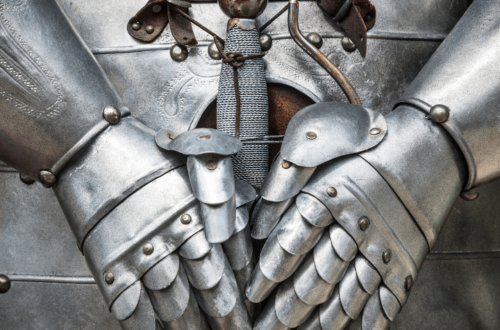Different Types of Swords
Swords have played a significant role throughout history, symbolizing power, prestige, and skill in combat. From ancient times to the modern era, swords have been crafted in various shapes and sizes, each with unique characteristics and purposes. Understanding the different types of swords is essential for appreciating their historical significance and appreciating the artistry behind their creation.
Classification of Swords
Swords can be classified based on historical periods and geographic origin, providing insights into the cultural and technological influences that shaped their designs.
Based on Historical Periods
Ancient Swords were wielded by warriors in civilizations such as Rome and Greece. Examples include the Gladius, a short, double-edged sword used by Roman soldiers, and the Kopis, a curved blade used by ancient Greeks for both slashing and thrusting. These swords were versatile weapons designed for close-quarters combat.
Medieval Swords emerged during the Middle Ages, known for their emphasis on knights and chivalry. The Longsword, with its straight double-edged blade and versatile handling, was a popular weapon among knights. The Broadsword, also known as the Arming Sword, was a shorter, one-handed weapon widely used by infantry soldiers.
Renaissance Swords showcased advancements in fencing techniques and became status symbols for the nobility. The Rapier, a slender thrusting sword with a complex hilt, was favored by duelists and became a fashionable accessory. The Smallsword, a lighter and more refined version of the Rapier, was later adopted for civilian self-defense.
Based on Geographic Origin
European Swords encompass a wide range of styles, reflecting the diverse cultures and warfare practices of the continent. The Claymore, a Scottish two-handed sword with a distinctive crossguard, was wielded by Highland warriors. The Flamberge featured a wavy blade, designed to confuse opponents with its rippling patterns. The Sabre, associated with cavalry and light infantry, had a curved blade and a single cutting edge.
Asian Swords reflect the rich martial traditions of countries like Japan, China, and the Middle East. The Katana, a symbol of the samurai, is a slender, curved blade known for its sharpness and precision. The Jian, a straight, double-edged sword, embodies the elegance and grace of Chinese martial arts. The Scimitar, with its curved blade and single edge, was commonly used by warriors in the Middle East.
Types of Swords by Design and Function
Swords can also be classified based on their design and function, showcasing the diverse capabilities of these weapons.
One-Handed Swords offer a balance of speed and control. The Shortsword, a versatile weapon used in close combat, was commonly employed by infantry soldiers. The Cutlass, known for its distinctive curved blade, was favored by pirates and sailors. The Gladius, the signature weapon of Roman legions, was designed for thrusting and slashing.
Two-Handed Swords, also known as Greatswords, provide superior reach and cutting power. The Zweihander, a massive German sword, was primarily used against armored opponents. The Claymore, another two-handed sword, originated in Scotland and featured a crossguard that offered better control during swings.
Thrusting Swords prioritize piercing attacks. The Rapier, with its long and slender blade, was developed for thrusting techniques in fencing. The Estoc, a specialized thrusting sword, had a long, narrow blade designed to penetrate gaps in armor. The Small Sword, popular in the 17th and 18th centuries, was a lightweight weapon used primarily for dueling.
Curved Swords are known for their slashing capabilities. The Sabre, with its curved blade and single cutting edge, allowed for swift and powerful strikes. The Scimitar, a Middle Eastern sword, featured
a curved blade and was particularly effective on horseback. The Kilij, originating from Turkey, had a distinct curve and a single-edged blade.
Single-Edged Swords feature blades with a single cutting edge, often with a curved design. The Katana, a symbol of the samurai, was renowned for its sharpness and cutting ability. The Dao, a Chinese sword, had a slightly curved blade and was utilized in both slashing and thrusting techniques. The Kilij, a Turkish sword, had a single-edged blade with a forward curve, making it ideal for slashing attacks.
Famous Swords in History
Certain swords have achieved legendary status due to their association with renowned historical figures and tales of heroism.
Excalibur, the mythical sword of King Arthur, symbolizes the rightful rule and destiny of the legendary British king. In the Arthurian legends, Excalibur was said to have been forged by the Lady of the Lake and possessed supernatural powers.
Joyeuse, the sword of Charlemagne, was a symbol of his authority and was said to have contained religious relics within its hilt. As one of the most famous swords in European history, Joyeuse is associated with the legendary Frankish emperor and his conquests.
Tizona, the sword of El Cid, is a legendary weapon associated with the Spanish hero Rodrigo Diaz de Vivar. Tizona was known for its exceptional quality and was said to bring victory to its wielder. It symbolizes the valor and chivalry of El Cid in medieval Spain.
Modern Interpretations and Collectibles
While swords are no longer widely used in warfare, they continue to captivate people’s imaginations. Today, there is a thriving market for replicas and recreations of historical swords. These replicas allow enthusiasts to experience the look and feel of ancient weapons without compromising safety.
Swords also play a prominent role in popular culture, appearing in books, movies, and video games. From the iconic lightsabers in Star Wars to the legendary blades of characters like Aragorn in The Lord of the Rings, swords continue to evoke a sense of adventure and heroism.
For collectors, acquiring and preserving swords has become a fascinating hobby. Collectors value the historical and artistic aspects of these weapons, carefully preserving them as pieces of living history.
Conclusion
Understanding the different types of swords offers a glimpse into the rich tapestry of human history. Whether it’s the elegant rapier of the Renaissance or the mighty katana of the samurai, each sword represents a unique blend of craftsmanship, culture, and martial tradition. By exploring the diverse world of swords, we can appreciate their historical significance and the skillful artistry behind their creation. So, pick up a sword, metaphorically or literally, and embark on a journey through time and culture.


